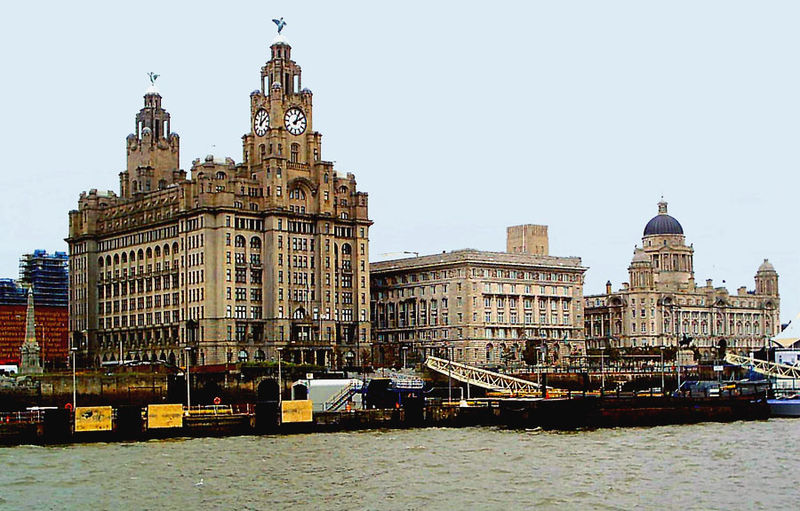World Heritage UK Welcomes Change of Mood on Liverpool’s World Heritage Site
April 5, 2018

Liverpool’s World Heritage Site has been on the UNESCO list of World Heritage Sites ‘in danger’ since 2012. UNESCO’s primary concern has centred on the tall buildings in the ‘Liverpool Waters’ development proposal, put forward by Peel Holdings, which was given outline planning permission in 2012. The perceived negative impact of these proposed tall buildings was on long distance views of the Liverpool skyline from the other bank of the Mersey. Of particular concern, it appears, were the tall buildings proposed for the former Clarence Dock site, which is within the World Heritage Site buffer zone.
See also: https://lbndaily.co.uk/world-heritage-uk-backs-liverpools-push-preserve-world-heritage-status/
https://www.placenorthwest.co.uk/news/heritage-body-takes-up-liverpools-case/
World Heritage UK, the body representing all 31 UK World Heritage Sites, is aware that in response to UNESCO’s concerns, Liverpool City Council and Peel Holdings have together recently taken three positive initiatives to minimise the risk of Liverpool losing World Heritage Status and to ultimately take it off the ‘endangered’ list. These include a new high level task force to raise the profile of the World Heritage Site and address the concerns raised by UNESCO; a ‘Desired State of Conservation Report’ to set out their view of the city’s World Heritage status as it stands; and a review of the master plan for the Liverpool Waters area, where in fact no new development has actually taken place since outline permission was granted in 2012.
From its national perspective, World Heritage UK warmly welcomes all these initiatives and believes that they signal a genuine change of mood in Liverpool. On behalf of all of the UK’s World Heritage Sites, we ask UNESCO to open a process of constructive dialogue with the UK Government and Liverpool’s stakeholders, in the hope that this will lead to a change in the position they have previously taken on Liverpool’s World Heritage Site. We further hope that, as the ‘State Party’, the Government will fully engage with the process, thus enabling then to fulfil their international obligations and responsibilities under the World Heritage Convention for the protection and enhancement of the outstanding universal value of all the UK’s World Heritage Sites, not least Liverpool.
As Liverpool’s ‘Desired State of Conservation Report’ notes, there has been spectacular progress in restoring Liverpool’s historic buildings, in the World Heritage Site and beyond. The number of heritage ‘buildings at risk’ has been reduced to only 2.75% of the building stock – far below the UK national average. The restoration of the once derelict Stanley Dock for a new hotel and residential accommodation is a shining example of achievement and work in progress.
World Heritage UK has been briefed on the initial work on Peel’s revised masterplan for Liverpool Waters.
Chris Blandford, World Heritage UK President, said: ‘Whilst the revised plan is still at an early stage, we believe that it has the potential to deliver a far more coherent, sensitive and appropriate development form, one which better respects the Site’s outstanding universal value, and is better integrated with Stanley Dock and the adjacent Ten Streets regeneration area’.
Sam Rose, World Heritage UK Chair, said: ‘Cities grow and change, as they always have done, and there will always be conflicts and tensions in the protection of the outstanding universal value of urban World Heritage Sites. We see no situation that is not resolvable with early and constructive dialogue, and we encourage that now in the case of Liverpool. It would be a big loss for the outstanding heritage of the UK, and for the people and businesses of Liverpool if this iconic city was to lose its deserved global status’.
The UK has six World Heritage Sites that fall into the ‘cities’ theme, the largest and most complex three being Bath, Edinburgh and Liverpool.